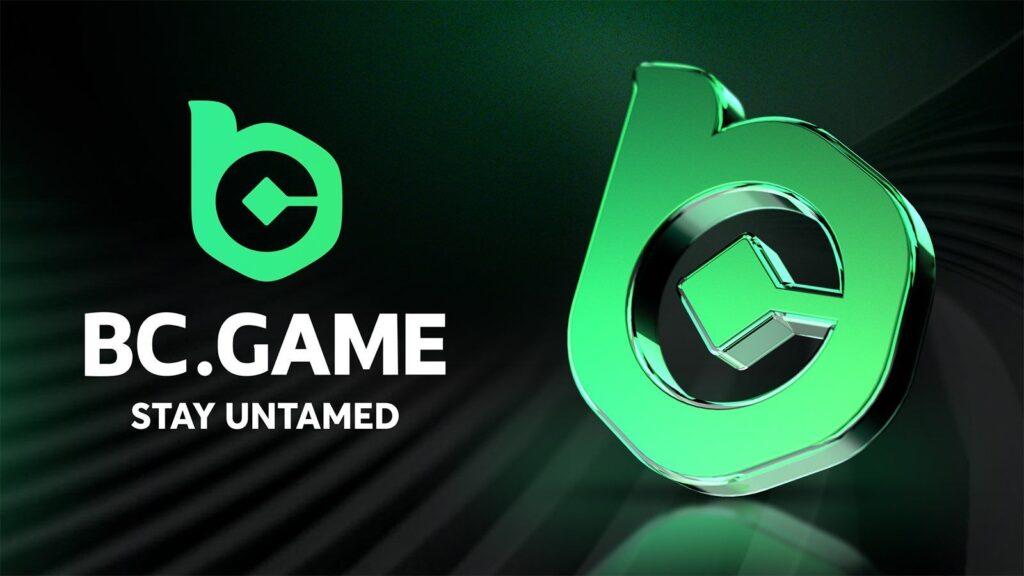
Exploring the Future of Financial Transactions: The Rise of Net Banking Stake
The evolution of banking has significantly transformed the way we manage our finances, and at the forefront of this transformation is the concept of net banking stake. With the rapid advancement of technology, consumers are increasingly turning to net banking options, offering convenience and efficiency that traditional banking methods simply cannot match.
Understanding Net Banking Stake
Net banking stake refers to the reliance on online platforms for carrying out banking transactions such as transfers, bill payments, and account management. This shift towards digital banking has not only made banking more accessible but has also opened up a world of possibilities for financial institutions and their customers alike. The ability to conduct transactions from the comfort of one’s own home is a significant leap in consumer convenience.
The Growth of Online Banking
The growth of online banking can be attributed to various factors. Firstly, the increasing penetration of smartphones and the internet has made it easier for users to access their accounts anytime and anywhere. Secondly, the drive for cost efficiency among banks has pushed them to invest in digital infrastructure, thereby enhancing the overall customer experience.

Advantages of Net Banking Stake
- Convenience: Users can perform their banking activities 24/7 without visiting a physical bank.
- Time-Saving: Transactions that used to take hours can now be completed in seconds.
- Accessibility: Services are available to a larger customer base, including those in remote areas.
- Cost-Effectiveness: Reduced operational costs for banks can lead to lower fees for customers.
Challenges in Net Banking
Despite the numerous benefits, net banking stake is not without its challenges. Security remains a primary concern for both banks and consumers. Cyberattacks and fraud are ever-present threats, making it crucial for financial institutions to invest heavily in cybersecurity measures. Furthermore, not all customers are comfortable with technology, leading to a divide in who can benefit from net banking services.
Security Measures
To mitigate risks, banks have implemented a multitude of security measures. Two-factor authentication, encryption, and continuous monitoring of suspicious activities are just a few methods employed to protect customer data. Educational initiatives to inform customers about safe online practices are equally vital in enhancing security.
The Role of Regulation

As net banking continues to grow, regulatory bodies are also working to ensure that proper frameworks are in place to protect consumers and maintain the integrity of the banking system. Regulations surrounding data protection, anti-money laundering, and consumer rights are increasingly vital in the digital space. These regulations create a safer environment for users and help to build trust in net banking services.
Future Prospects of Net Banking Stake
Looking ahead, the future of net banking stake appears bright. The integration of emerging technologies such as artificial intelligence and blockchain is set to redefine how banking services are delivered. AI can be utilized for personalized banking experiences, while blockchain technology can enhance transaction security and transparency, further fostering consumer trust.
Trends to Watch
- Increased Use of AI: Expect to see more AI-driven services, such as chatbots for customer service and personalized financial advice.
- Contactless Payments: The rise of mobile wallets and contactless payment options will enhance the ease of transactions.
- RegTech Solutions: Solutions that focus on regulatory compliance will become increasingly important as regulations evolve.
- Focus on User Experience: Banks will continue to invest in user-friendly interfaces to make banking experiences smoother for consumers.
Conclusion
In conclusion, the net banking stake represents a significant shift in how we interact with financial institutions. The benefits of convenience, efficiency, and accessibility outweigh the challenges faced by consumers and banks alike. As technology continues to evolve, so too will the banking landscape, making it crucial for stakeholders to adapt and innovate. By understanding the dynamics of net banking stake, consumers can make informed choices about their financial futures, while banks can better position themselves to meet the needs of a digitally savvy clientele.
